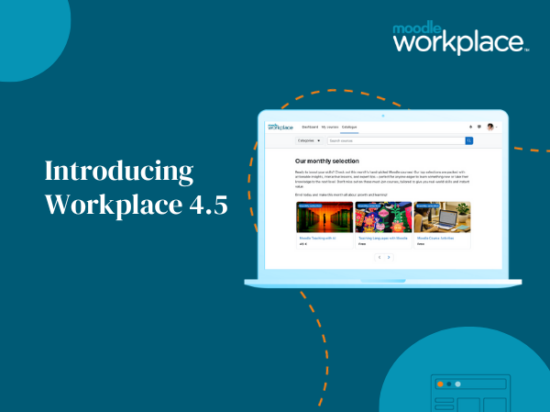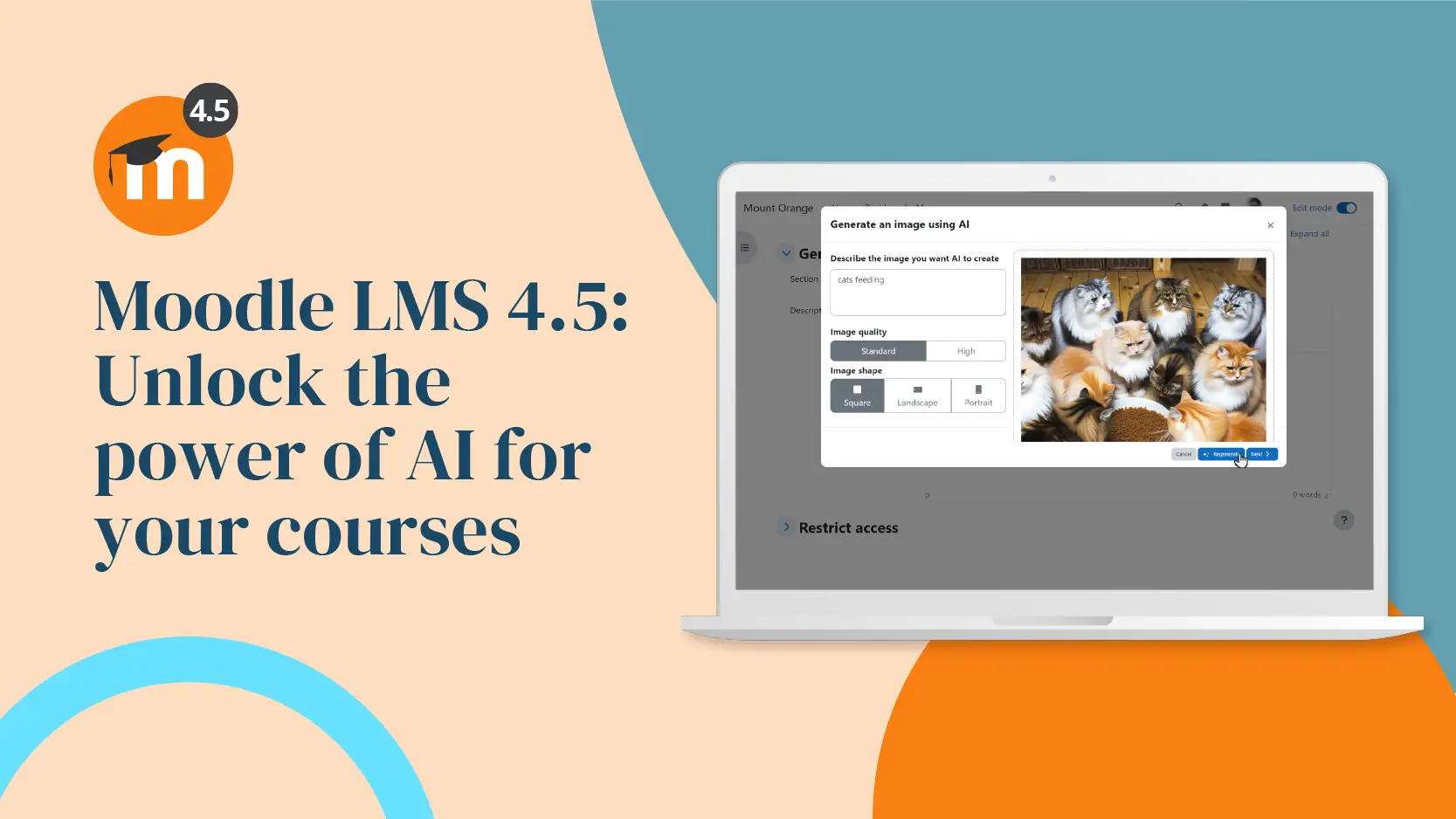Dashboards are the quickest way to give your LMS users a quick glance of their progress in completing tasks.
The User Interface, or UI, can confuse or clarify where you stand in the race to the finish line. There are all kinds of dashboards that you can plug into your LMS or customise as needed.
The graphics interface can show specific milestones such as completed assignments, deadlines, and who you need to work with on a particular project. These dashboards are basically an easier way to read Gantt charts which are project bar charts that date back to the early 1900s and are still in use.
Good dashboard design can give you an at-a-glance overview of either individual tasks or a management-level snapshot where team performance stands. Good dashboards can put your mind at ease.

Pinterest Dashboard Example Uploaded by Beth Kanter to Wikimedia
There are lots of resources on the web to spark ideas for dashboard design; you will not be starting from scratch. Pinterest is a good place to look around for recent design concepts.
As you have a look around you should keep in mind some fundamental concepts about how you want your data to appear on a dashboard.
First is to define your audience and the information they need. If you look at a pilot’s view, for example, the dashboard that helps keep the plane aloft has some basic flight information: airspeed, altitude, vertical speed indicator, fuel gauge, turn and bank indicator, and heading indicator. With these dashboard instruments a pilot can fly an airplane safely.
On the other end of the information spectrum, let’s say you are designing a dashboard for a student in a biology class. What information would he or she need? Perhaps assignments completed, assignments due, grades on assignments, and any exam results. You might want to use a graphic of test tube to show the measurements of completed tasks.
Another important component of a dashboard may be a personalized calendar when training is date-dependent. When the training is completed successfully, then the completion date should be highlighted on the dashboard calendar.
Here are some general questions to address before designing your dashboard:
- What questions do your users need answered in their dashboards?
- What information is being used on a daily basis?
- What is the comfort level using dashboard data?
- Where is the data coming from?
We are all familiar with dashboards in cars, which give you vital information on automotive performance. And we all know what information clutter is about. You need the critical information in your instrument cluster to get to your destination.







